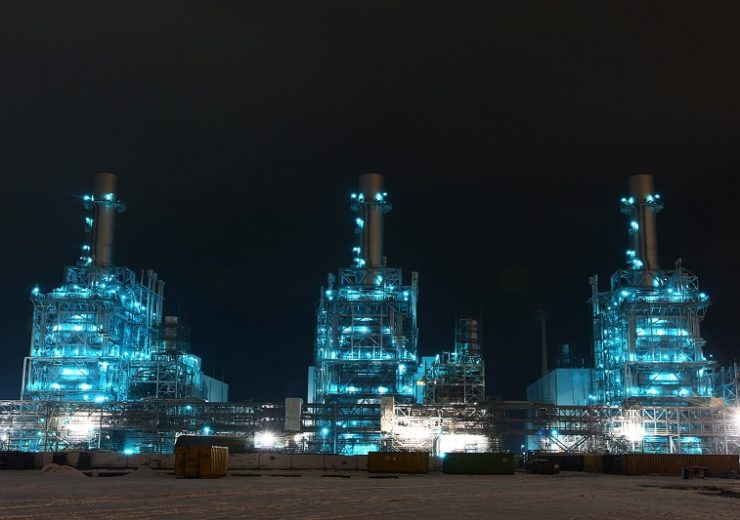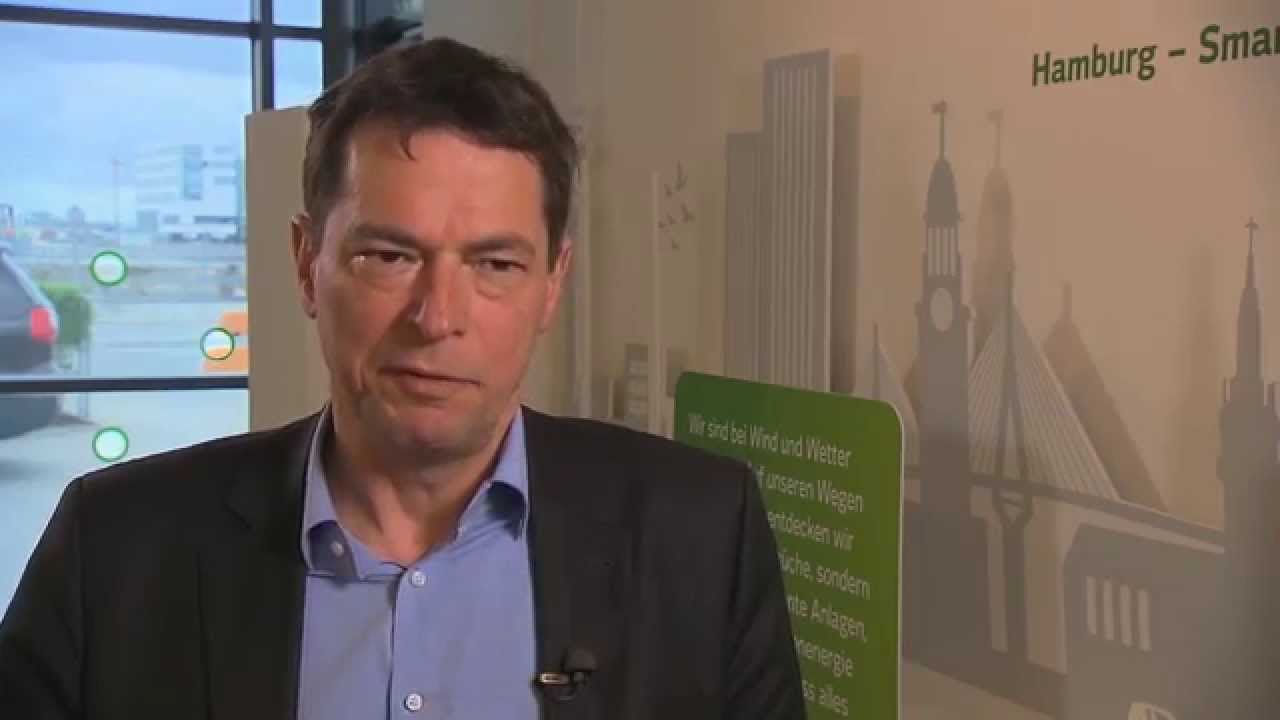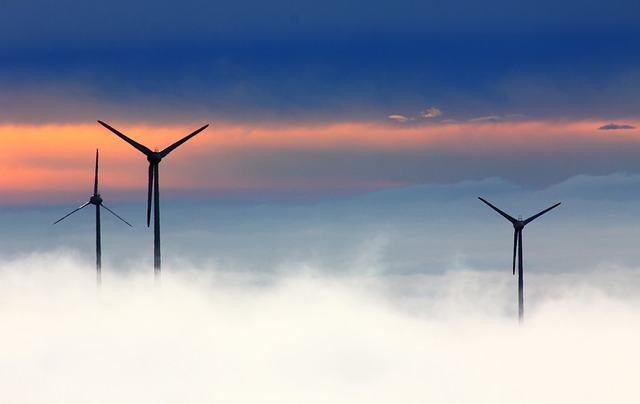Vattenfall is launching its first green hydrogen initiative

Vattenfall's Magnum power plant
By burning hydrogen produced from renewables such as wind, a significant part of today’s carbon emissions from industry, transportation and heating could be avoided, Vattenfall believes, and it is therefore exploring a range of different options for using hydrogen to achieve decarbonisation.
Renewables face challenges such as intermittency, curtailment due to overcapacity or difficulties with long transmission distances. Vattenfall sees hydrogen as having great potential to address these challenges.
The surplus of renewable energy from wind and solar can be used to produce hydrogen via electrolysis instead of leaving it unexploited due to limitations of the grid or low demand. In addition, in order to electrify all sectors and to compensate for the phase out of conventional power there will be huge demand for renewable electricity.
So-called green hydrogen, as produced from renewable sources, can act as a buffer between energy demand and supply or as an energy carrier between the electricity sector and the heat or transport sector, which are otherwise difficult fully to decarbonise by electrical means.
“Hydrogen is a key lever for sector coupling between the electricity system and other energy sectors and facilitates the integration of renewable energy into the system. Vattenfall is looking intensively into future business opportunities with green hydrogen and, therefore, wants to further develop the technology towards competitive large-scale deployment”, says Oliver Weinmann, managing director, Vattenfall Europe Innovation.
Vattenfall sees big business opportunities for green hydrogen
Currently, hydrogen is used in several industrial processes and it is a fundamental building block for the manufacture of ammonia, which can be used for production of fertilisers. It is also used for the processing of intermediate oil products in refineries. About 55% of the hydrogen produced around the world is used for ammonia synthesis, 25% in refineries and about 10% for methanol production. Vattenfall is involved in a number of strategically important projects in these industries, along with the transport sector, and has what it calls “strong partners.”
“Partnerships with the right industrial players, experience with existing projects and bundling the full expertise within our utility are a competitive advantage for us,” says Weinmann.

Vattenfall’s hydrogen road map 2025 indicates sizeable business opportunities in three potential areas:
- · Heavy duty transport, eg, buses, trains, lorries or ships, where hydrogen can act as fossil-free fuel.
- · Refineries, eg, to produce low-carbon bio-fuels, as in Vattenfall’s co-operation venture with PREEM, or to replace fossil-based feedstocks.
- · Industry, exemplified by the HYBRIT project, which aims to produce fossil-free steel, in co-operation with Swedish steel group SSAB and mining company LKAB.
Decarbonising the conventional fleet
In addition to the examples above, Vattenfall’s Business Area Heat is driving sustainable development of its power and heat plants and is developing climate-friendly technologies, which include substituting hydrogen for natural gas. One prominent example is the gas-fired Magnum combined cycle plant in the Netherlands, where Vattenfall has partnered with Equinor and Gasunie to do this, although the FiD is not expected until 2021/2022.
In a first step, hydrogen to fuel Magnum plant would be produced from natural gas, so called blue hydrogen. This would allow the consortium to build a hydrogen infrastructure relatively quickly, which could be subsequently scaled up as large amounts of renewable electricity for green hydrogen production become available with increased wind and solar capacity.

The CO2 captured in the course of blue hydrogen production will be stored in offshore aquifers near Norway.
“Stable power generation will become even more important with the increasing amount of power provided by weather-dependent wind and solar power. Flexible gas-fired power plants, like Magnum, will be able to provide the necessary grid stability, provided their carbon dioxide emissions are reduced,” says Geert Laagland, director of engineering, Vattenfall’s Business Area Heat.
Vattenfall’s green hydrogen initiatives
Green hydrogen is produced via electrolysis, using electricity from renewable sources. Grey hydrogen is that produced by conventional fossil based technologies, typically steam reforming of natural gas. Blue hydrogen is produced in the same way as grey hydrogen, except that the carbon dioxide is captured
The re-use of existing gas pipelines for hydrogen can reduce the costs of decarbonisation in other sectors (heat and transport) significantly, according to Gasunie und Tennet. Some adjustments to the infrastructure are necessary to make it work, but these are feasible. Other key players, such as the harbour of Rotterdam, have launched ambitious emission reduction programmes and are planning to utilise hydrogen in their operations. A “mutual and aligned effort among many industries is currently happening”, says Vattenfall.
In Germany, a government funded initiative called HySynGas is underway that will see Vattenfall teaming up with Arge Netz and MAN Energy Solutions to develop an industrial-scale power-to-gas plant in Brunsbüttel (northern Germany) that will produce hydrogen and synthetic gas made from renewable energy, delivering green gas to fuel buses, trucks and ships as well as providing feedstock for the chemical industry in the area.
“Hydrogen is developing as an exciting business for Vattenfall. Based on our market approach we have a pipeline of several commercially viable projects in our core markets that can be realised in the near future” said Oliver Weinmann.
